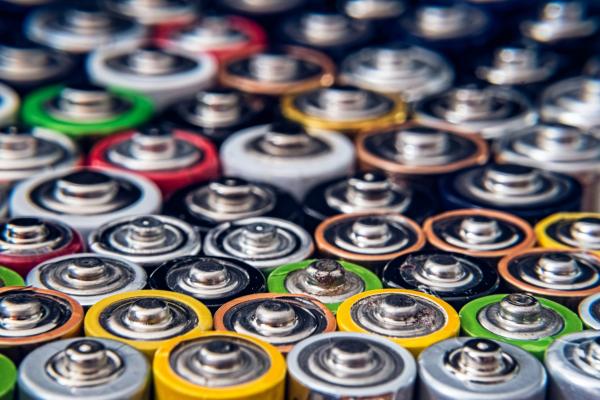Filter by
All Environment Publications (319)
RSS
Turning complex biodiversity data into information that can be used to inform policy is a challenging task. The European Marine Observation and Data Network (EMODnet) produces free, standardised biological data products to address this challenge.

Researchers in China have developed a novel method of extracting lithium from spent lithium batteries.

Good media coverage has been found to motivate citizens to report species observations, which can help efforts to track invasive species in Europe.

Compounds used in pharmaceuticals, cosmetics and agriculture persist in aquatic environments, potentially impacting water quality and ecosystem health.

The invasive and widespread blue crab species has a broad highly adaptable diet and responds well to changes in environmental conditions. It may serve as a useful indicator species in ecosystem management and for high levels of nitrogen pollution in European estuaries.

Nitrogen plasma gasification is a process that kills pathogens and produces valuable waste-to-energy bi-products. It’s a promising, economically viable method for the sustainable medical waste treatment of plastic, rubber, fibre and biomass. Policymakers should consider integrating this technology.

A study near Belgium indicates that oestrogen pollution has decreased during the past 40 years, but remains present in the North Sea, sediments and estuary waters.
EU Ecolabel fees are set by each Competent Body within certain thresholds imposed by the EU Ecolabel Regulation. To find out the costs related to your specific EU Ecolabel application: download the latest fees table for Tourist accommodation services.
EU Ecolabel fees are set by each Competent Body within certain thresholds imposed by the EU Ecolabel Regulation. To find out the costs related to your specific EU Ecolabel application: download the latest fees table.

Using small-scale green infrastructure can significantly reduce the impact of flooding in high-risk Mediterranean coastal areas. New models suggest flow rates can be reduced by up to 60%, floodplain areas can be reduced by up to 17%, and run-off volume can be reduced by up to 24%
